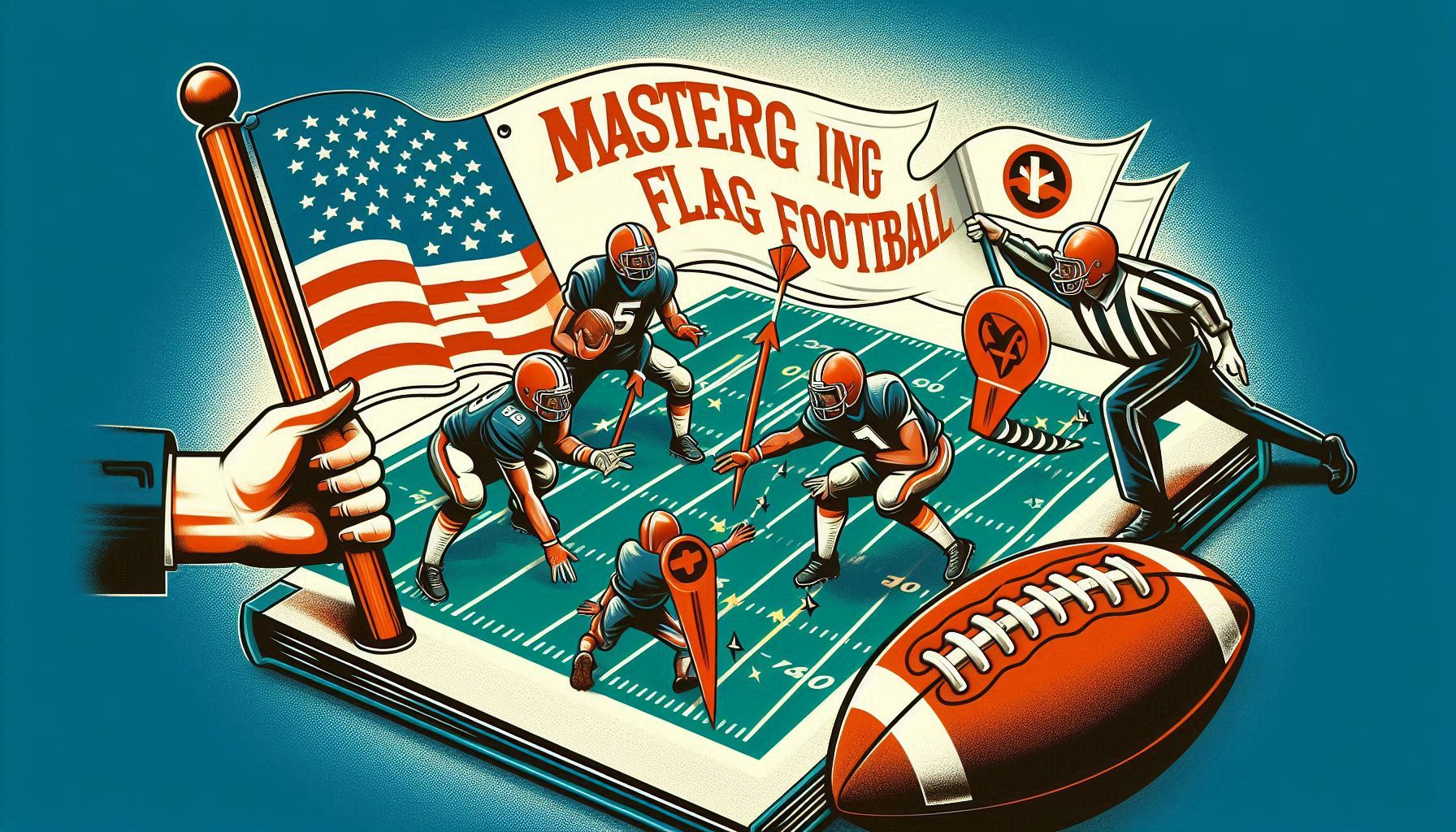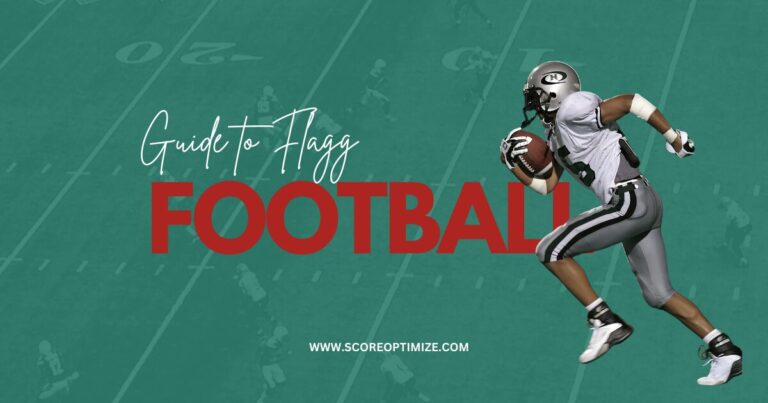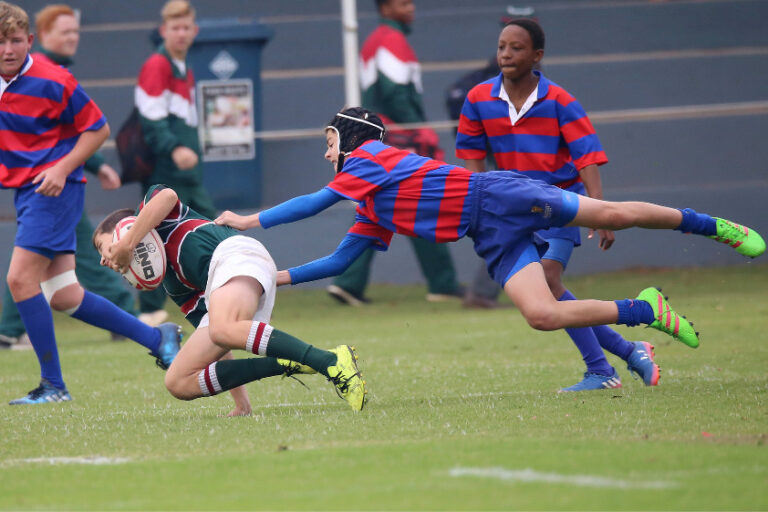Flag football is a sport that demands quick thinking, precise execution, and a deep understanding of strategy. One of the most critical aspects of the game is mastering flag football routes, which are the foundation of both offensive and defensive play. In this comprehensive guide, we’ll explore everything you need to know about flag football routes, including how to build an effective route tree, strategies for maximizing your offense, and defensive tactics to counter even the most skilled opponents.
Understanding Flag Football Routes
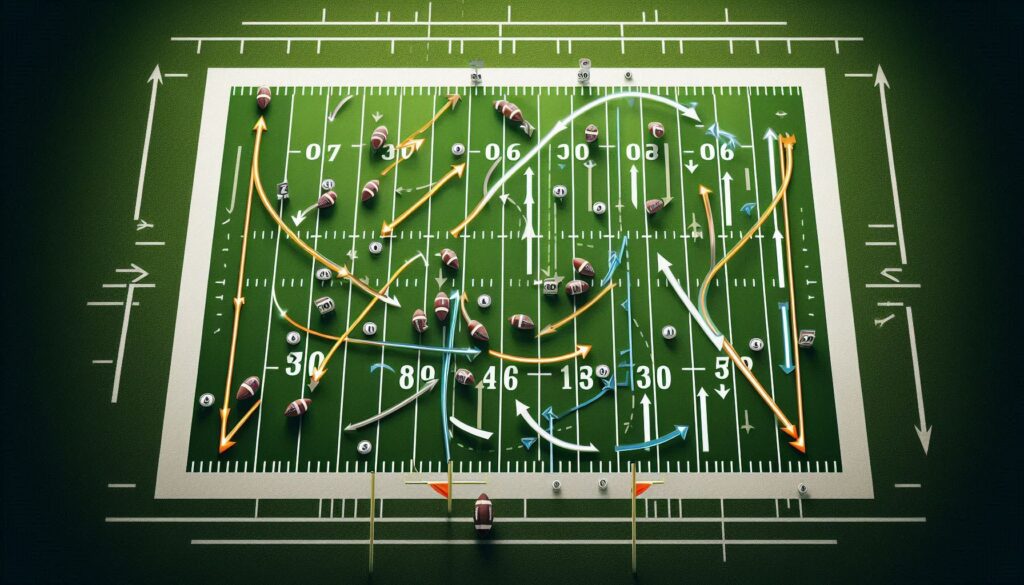
What Are Flag Football Routes?
Flag football routes are the pre-determined paths that receivers run to get open and catch a pass. Unlike in tackle football, where physicality plays a significant role, flag football emphasizes speed, agility, and precise timing. Each route is designed to create separation from defenders, allowing the receiver to catch the ball in open space. The success of an offensive play often hinges on how well these routes are executed, making them a critical component of any flag football strategy.
Importance of a Well-Planned Flag Football Route Tree
A flag football route tree is a diagram that maps out all the possible routes a receiver can run during a game. This visual tool is essential for any team as it helps to standardize plays, improve communication, and ensure that all players understand their responsibilities on the field. A well-planned route tree can confuse defenders, create open spaces, and lead to big plays. By mastering the route tree, teams can ensure that their offense is both efficient and unpredictable.

Overview of Common Flag Football Routes
There are several routes that every flag football player should be familiar with. These include:
- Slant Route: A quick, sharp cut across the field, ideal for short-yardage gains.
- Out Route: A route where the receiver runs straight and then cuts sharply toward the sideline.
- Post Route: A deep route where the receiver runs straight downfield and then cuts toward the goalpost.
- Hook Route: A route where the receiver runs straight and then quickly turns back toward the quarterback, creating a quick, easy pass.
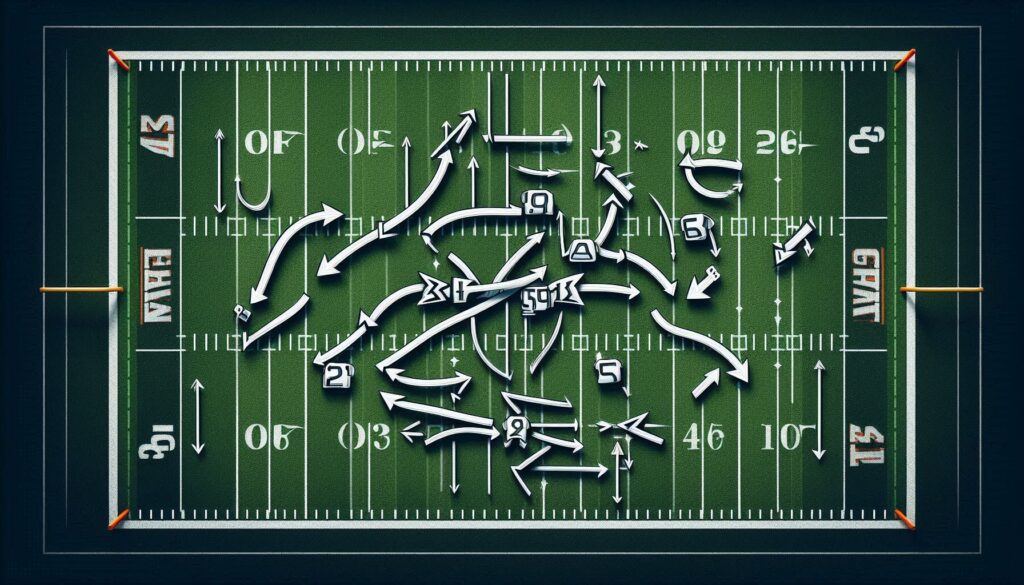
Understanding these basic routes is the first step in mastering flag football. Each route has its specific purpose and is designed to exploit certain weaknesses in the defense.
Building an Effective Flag Football Route Tree

How to Design a Flag Football Route Tree
Designing a flag football route tree involves understanding your team’s strengths and weaknesses, as well as the tendencies of your opponents. Start by identifying the core routes that work best for your players. These routes should be versatile enough to be used in different situations, yet simple enough for your team to execute consistently.
When designing your route tree, consider the following factors:
- Receiver Speed and Agility: Choose routes that play to your receivers’ strengths, whether that’s speed, quick cuts, or precise timing.
- Quarterback Arm Strength: Consider the quarterback’s ability to throw deep, accurate passes when designing longer routes.
- Defensive Tendencies: Study your opponents’ defense to identify which routes are most likely to succeed against their coverage schemes.
Once you’ve identified the key routes, organize them into a tree format, with each branch representing a different route. The tree should be easy to understand and memorize, allowing your team to execute plays quickly and efficiently.

Examples of Good Flag Football Routes for Different Play Scenarios
Different play scenarios require different routes. Here are some examples of how to choose the best routes based on the situation:
- Short Yardage (3rd and 5 or less): Use quick, sharp routes like the slant or hook to gain the necessary yards quickly.
- Long Yardage (3rd and 10+): Opt for deeper routes like the post or go route to stretch the field and gain significant yardage.
- Red Zone (inside the 20-yard line): Use precise, timed routes like the out or corner route to create separation in tight spaces.
By understanding the strengths and weaknesses of each route, you can design a route tree that is versatile and effective in any situation.

Incorporating Flag Football Signals into Your Route Tree
Flag football signals are non-verbal cues that teams use to communicate plays on the field without tipping off the defense. Incorporating these signals into your route tree can enhance your team’s ability to execute plays quickly and efficiently.
Signals can be as simple as a hand gesture or as complex as a series of movements. The key is to ensure that everyone on the team understands the signals and can react instantly. Practice using signals during drills and scrimmages to ensure that they become second nature during games.
Offensive Strategies with Flag Football Routes

Maximizing Yardage with Effective Flag Football Routes
To maximize yardage on each play, it’s essential to run routes that exploit the defense’s weaknesses. Here are some strategies to help you gain more yards:
- Route Combinations: Run multiple routes simultaneously to create mismatches and open spaces. For example, pairing a deep route with a short crossing route can force defenders to choose between covering the deep threat or stopping the short pass.
- Motion: Use pre-snap motion to disguise your intentions and force the defense to reveal its coverage scheme. This can help your quarterback identify open receivers and make better decisions.
- Double Moves: Employ double moves, such as a fake slant followed by a deep go route, to catch defenders off guard and create big-play opportunities.
By being creative and unpredictable with your routes, you can keep the defense on its heels and maximize your offensive output.
Adapting Your Route Tree for Different Defensive Formations
Defensive formations can vary widely in flag football, and it’s essential to adapt your route tree accordingly. Here are some tips for adjusting your routes based on the defense:
- Man-to-Man Coverage: Use crossing routes and pick plays to create separation between the receiver and the defender. Man coverage is susceptible to quick, sharp routes that force defenders to keep up with the receiver.
- Zone Coverage: Exploit the gaps in the zone by running routes that target the soft spots. For example, use the hook route to find open space in the middle of the field, or the out route to attack the sidelines.
- Blitz Situations: When facing a blitz, use quick routes that allow the quarterback to get rid of the ball quickly. Slants, hitches, and quick outs are ideal for beating the blitz and gaining positive yardage.
The more adaptable your route tree, the more difficult it will be for the defense to stop your offense.

Best Practices for Using Flag Football Routes against Zone Defense
Zone defense can be challenging to beat, but with the right routes, you can find success. Here are some best practices for attacking a zone defense:
- Identify the Soft Spots: Before the snap, identify the weak spots in the zone coverage. These are typically areas where multiple defenders are responsible for covering a large amount of space.
- Use Flood Concepts: Run multiple routes into the same zone to overwhelm the defenders. For example, send a receiver deep to clear out the zone, then have another receiver run a shorter route into the vacated space.
- Be Patient: Zone defenses are designed to prevent big plays, so be patient and take what the defense gives you. Short, quick passes can methodically move the ball down the field and eventually break down the defense.
By following these best practices, you can effectively use your flag football routes to defeat zone defenses and gain significant yardage.
Defensive Tactics to Counter Flag Football Routes

Understanding Flag Football Zone Defense
Zone defense is a strategy where each defender is responsible for covering a specific area of the field rather than following a particular player. This type of defense is particularly effective against teams with strong route trees, as it allows the defense to react to the play as it develops.
In a typical zone defense, defenders will drop back into their assigned areas and watch the quarterback’s eyes to anticipate where the ball is going. The goal is to force the offense to complete short, difficult passes while preventing big plays down the field.
Key Techniques for Defending Against Common Flag Football Routes
To effectively defend against common flag football routes, defenders need to be disciplined and aware of their surroundings. Here are some key techniques to help you shut down the opposition:
- Jamming at the Line: Disrupt the receiver’s timing by jamming them at the line of scrimmage. This can throw off the timing of the route and give the defense more time to react.
- Maintaining Leverage: Always position yourself between the receiver and the quarterback. This forces the receiver to work harder to get open and gives you a better chance of making a play on the ball.
- Anticipating Routes: Study the receiver’s tendencies and anticipate where they’re going. If you can predict the route, you can jump the pass and create a turnover.
By mastering these techniques, you can effectively defend against even the most skilled receivers and route combinations.

Adjusting Defensive Tactics Based on Offensive Route Trees
As the game progresses, it’s essential to adjust your defensive tactics based on the offensive route tree. Here are some strategies for making in-game adjustments:
- Mix up Your Coverages: If the offense consistently beats your defense with certain routes, mix up your coverages to keep them guessing. Switch between man and zone coverage, or use a combination of both to confuse the quarterback.
- Rotate Defenders: If a particular defender struggles to cover a specific receiver, consider rotating your defenders to create more favorable matchups. This can help neutralize the offense’s top threats and force them to rely on less effective players.
- Blitz Strategically: Use blitzes to pressure the quarterback and force quick decisions. This can disrupt the timing of the routes and lead to mistakes by the offense.
By staying one step ahead of the offense and making smart adjustments, you can shut down their route tree and take control of the game.

Conclusion
Mastering Flag Football Routes for Offensive and Defensive Success
Mastering flag football routes is essential for both offensive and defensive success. Whether you’re designing a route tree, executing plays on the field, or defending against your opponent’s routes, the key is to remain adaptable, disciplined, and always look for ways to gain an advantage. By understanding the principles behind route trees, effective strategies, and defensive tactics, you can elevate your game and dominate the field.
With the knowledge and strategies outlined in this guide, you’re well on your way to becoming a flag football master. Keep practicing, stay focused, and remember that in flag football, precision and execution are the keys to victory.

